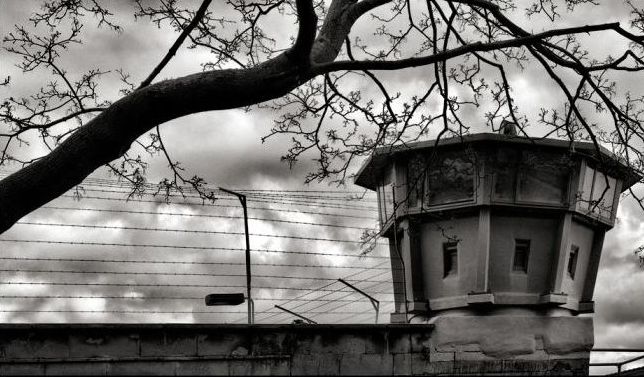|
|
Berlin-Hohenschönhausen Stasi Prison Complex Museum, Lichtenberg, Berlin, Germany
|
Living conditions in the camp were deplorable, with death from malnutrition, disease, or cold common. Although official statistics list 886 deaths at the camp between July 1945 and October 1946, independent estimates put the toll as high as 3,000. Bodies were disposed of in local bomb craters.
The camp was closed and prisoners relocated other camps in October 1946. After the closing of Special Camp No. 3, the Hohenschönhausen compound served as a Soviet prison during the winter of 1946-1947. The former cafeteria was converted to the underground prison area ("submarine") by prison labor.
• Stasi Prison
The prison was reopened by the East German Ministry of State Security (MfS), also known as the Stasi, in 1951. The Stasi added a new prison building (using prisoner labor) in the late 1950s. The new building included 200 prison cells and interrogation rooms. After the construction of the Berlin Wall in 1961, the prison was primarily used to house those who wished or attempted to leave the GDR, although political prisons were also held there. The prison was used until Die Wende in 1989 and officially closed on October 3rd, 1990.
|
|









